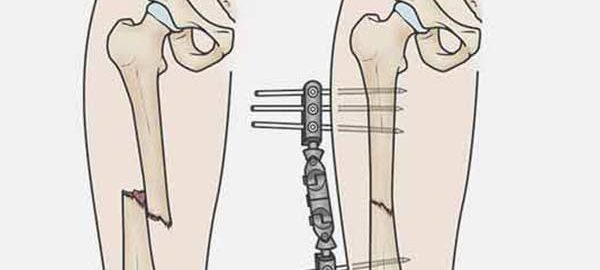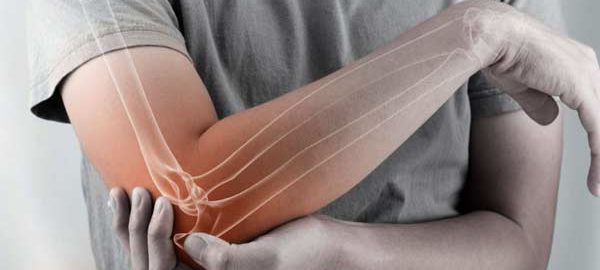What is an open reduction and internal fixation of the femur fracture?
Open reduction and internal fixation is a surgery used to heal and stabilize a broken bone. You may need this procedure to treat your broken femur (thigh bone).
The femur is the large bone in the upper leg. Various types of trauma can damage this bone, causing it to fracture into two or more pieces. This can occur in the part of the femur near the knee, near the middle of the femur, or in the part of the femur that is part of the hip joint. In some types of femur fractures, your femur has ruptured, but its parts still line up correctly. In other types of fractures (displaced fractures), trauma moves the bone fragments out of alignment.
Usually, you need open reduction and internal fixation to get your bones back into place and help them heal when the femur fractures. During an open reduction, the orthopaedic surgeons replace their bone pieces during surgery, so that they are back in their correct alignment. This is in contrast to a closed reduction, in which an orthopaedic doctor in Delhi physically moves the bones into place without surgically exposing them.
Internal fixation can be defined as a method of physically reconnecting your bones. This could include special orthopaedic screws, plates, rods, wires, or nails that your orthopaedic surgeon in Delhi places inside your bones to put them in the correct position. This prevents your bones from healing abnormally. For a fracture of the long and middle part of your femur, your surgeon may insert a long metal rod through the middle of your bone. The complete operation is normally performed while you are asleep under general anaesthesia.
Why might you need open reduction and internal fixation of the femur fracture?
Some medical conditions can increase the chance of breaking your femur. For example, if you are an older adult, osteoporosis increases the risk of fracturing your femur. Your femur may also be expected to rupture if you have bone cancer. Auto accidents, firearm injuries, sports-related injuries, and falls are common sources of trauma that can cause a femur fracture. A direct blow to the hip can break the part of the femur associated with the hip joint.
Most people with a fractured femur need some type of surgery, usually open reduction and internal fixation. Your broken femur may not heal properly without surgery. Open reduction and internal fixation can put your bones back in their proper settings. This significantly increases the chance that your bone will heal properly. Your orthopaedic doctor in Delhi may recommend nonsurgical treatment for a very young child or for people with other medical conditions that make surgery more dangerous.
You may need open reduction and internal fixation for a fracture that occurs anywhere in your femur, including the part that is part of your hip joint. In a “broken hip,” it is usually a part of your femur that breaks, and not part of the hip bone itself.

